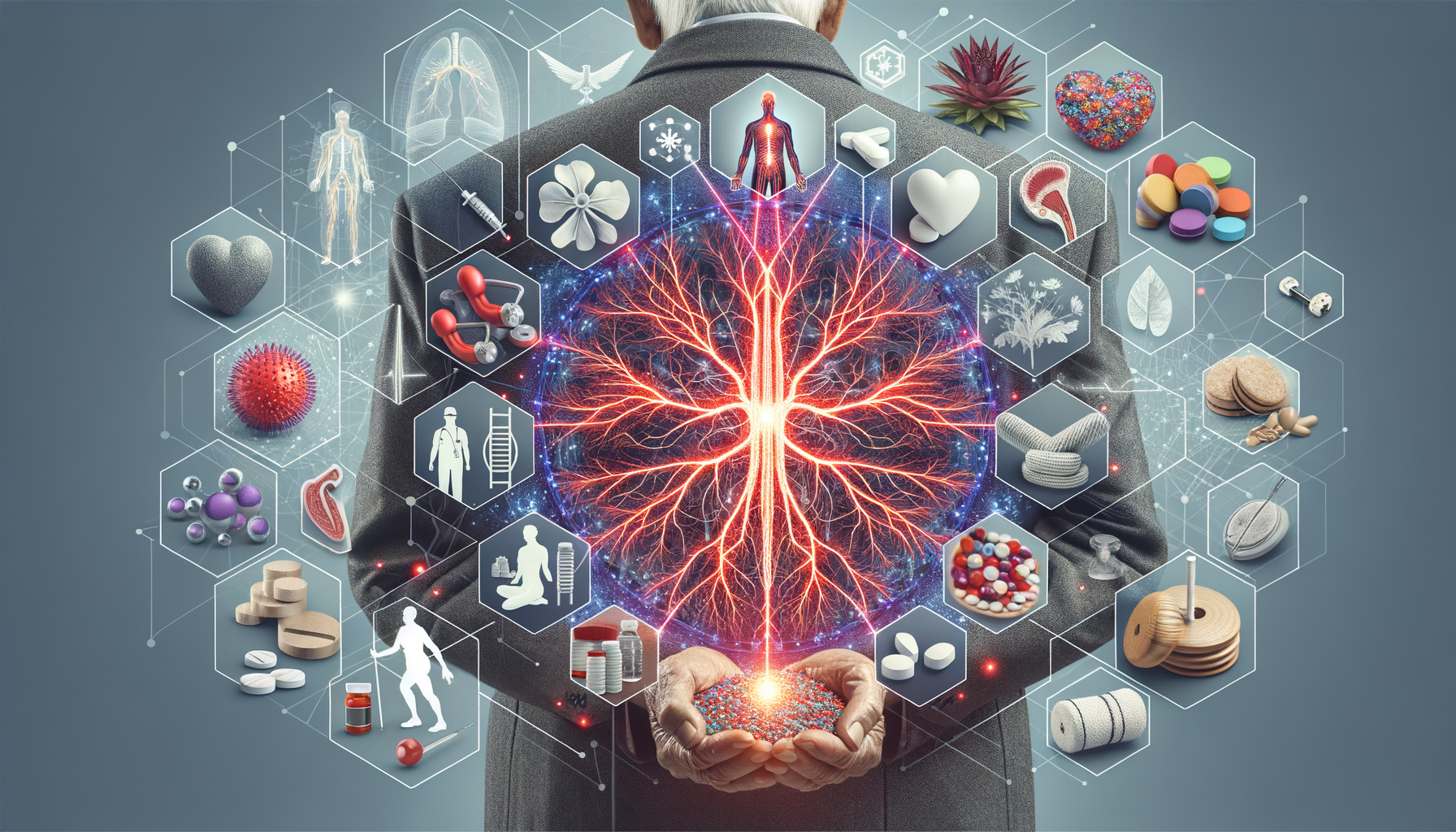How Nerve Pain Relief Options May Support Older Adults
Are you or a loved one struggling with the discomfort of nerve pain in later years? Finding effective relief can significantly improve daily comfort and quality of life for older adults. Exploring various nerve pain relief options can offer promising support and renewed well-being.

Understanding Nerve Pain in Older Adults
Nerve pain, often described as a burning or tingling sensation, can be a common yet challenging issue for older adults. As people age, the likelihood of developing conditions that affect nerve health, such as diabetes or shingles, increases. This type of pain can vary in intensity and may significantly affect daily activities and quality of life.
Several factors contribute to nerve pain in older adults. One of the primary causes is the natural degeneration of nerve fibers that occurs with aging. This degeneration can lead to neuropathy, a condition where nerves are damaged, resulting in pain, numbness, or weakness, particularly in the hands and feet. Additionally, conditions like arthritis or injuries that compress nerves can exacerbate this issue.
Understanding the underlying causes of nerve pain is crucial for effective management. Medical professionals often use diagnostic tools such as nerve conduction studies or MRIs to identify the source of pain. By pinpointing the cause, they can tailor treatment plans to address specific needs, potentially improving outcomes.
It’s important for older adults and their caregivers to recognize the symptoms of nerve pain early and seek medical advice. Early intervention can prevent the progression of the condition and improve the effectiveness of treatment strategies. Regular check-ups and open communication with healthcare providers are key components in managing nerve pain effectively.
Exploring Non-Invasive Pain Management Techniques
When it comes to managing nerve pain, non-invasive techniques offer a promising avenue for relief without the need for surgery or heavy medication. These techniques are particularly appealing to older adults who may be concerned about the side effects of pharmaceuticals or the risks associated with invasive procedures.
Physical therapy is one such technique, where targeted exercises can help strengthen muscles, improve flexibility, and reduce nerve pressure. Therapists often design personalized exercise programs that cater to individual needs, making it a versatile option for many. Additionally, practices such as yoga and tai chi can enhance balance and mobility, providing both physical and mental benefits.
Acupuncture is another non-invasive method that has gained popularity in recent years. This ancient Chinese practice involves inserting thin needles into specific points on the body to stimulate nerve function and alleviate pain. While research on its effectiveness is ongoing, many patients report significant relief from their symptoms.
Moreover, the use of transcutaneous electrical nerve stimulation (TENS) devices has become a common home-based treatment. These devices send small electrical currents to the affected area, which can help disrupt pain signals and provide temporary relief. They are user-friendly and can be an excellent supplement to other pain management strategies.
Incorporating non-invasive techniques into a comprehensive pain management plan can greatly enhance the quality of life for older adults. By reducing reliance on medications and minimizing risks, these methods offer a safe and effective way to manage nerve pain.
The Role of Lifestyle Changes and Medical Treatments
While non-invasive techniques provide significant benefits, lifestyle changes and medical treatments also play a crucial role in managing nerve pain. A holistic approach that combines these elements can lead to more sustainable and effective pain relief.
Diet and nutrition are often overlooked but essential components of nerve health. A balanced diet rich in vitamins B12 and D, omega-3 fatty acids, and antioxidants can support nerve function and reduce inflammation. Older adults should consider consulting a nutritionist to tailor a diet plan that meets their specific needs.
Regular physical activity is equally important. Engaging in low-impact exercises such as walking, swimming, or cycling can improve circulation, strengthen muscles, and help maintain a healthy weight, all of which are beneficial for nerve health. Staying active also promotes mental well-being, which can positively influence pain perception.
On the medical front, various treatments are available to manage nerve pain. Medications such as anticonvulsants, antidepressants, or topical treatments can help alleviate symptoms. In some cases, doctors may recommend nerve blocks or injections to provide more targeted relief.
For those with chronic or severe nerve pain, advanced medical interventions such as spinal cord stimulation or surgery may be considered. These options are typically reserved for cases where other treatments have not been successful, and the potential benefits outweigh the risks.
Ultimately, a combination of lifestyle changes and medical treatments, tailored to the individual’s needs, offers the most comprehensive approach to managing nerve pain. By working closely with healthcare providers, older adults can develop a plan that addresses their unique circumstances and enhances their overall quality of life.